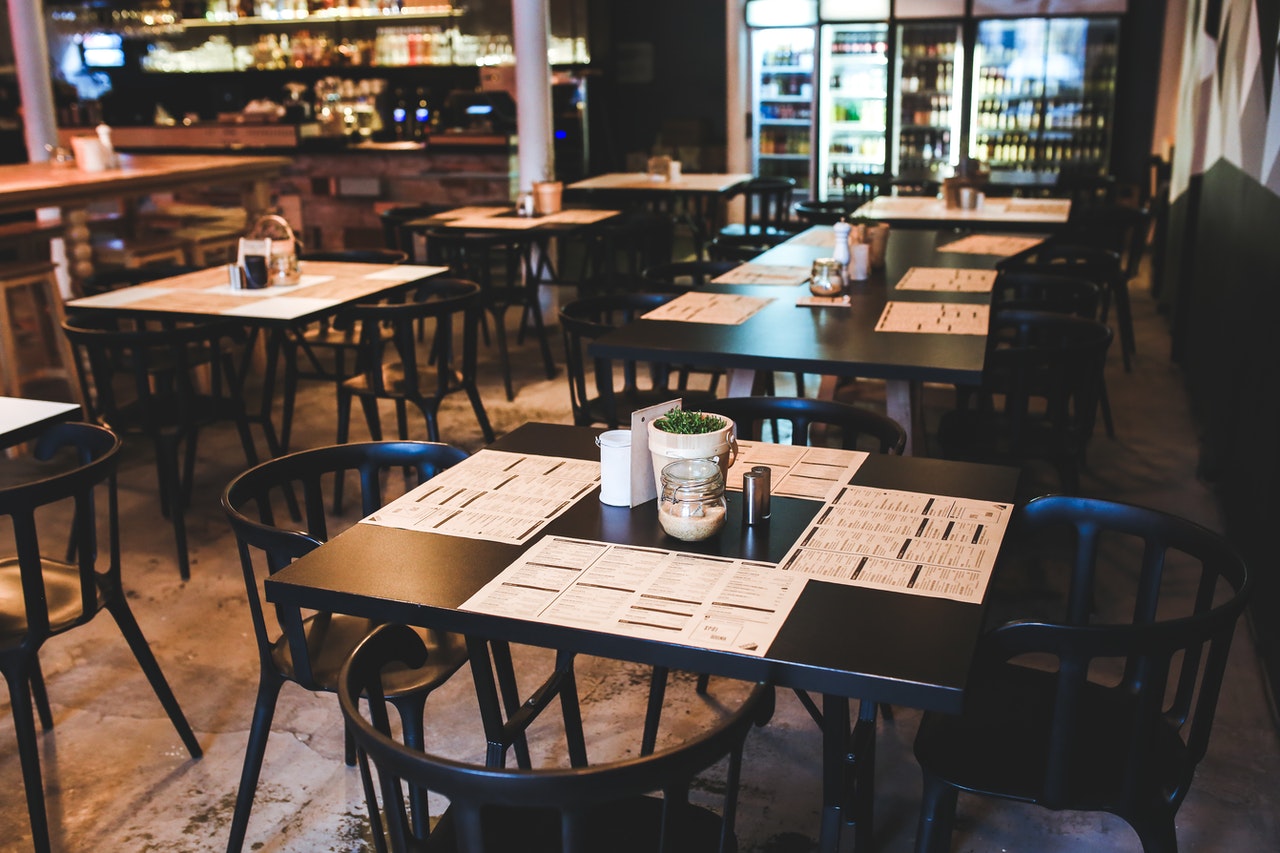It may not seem like it, but restaurants are some of the most cutthroat places out there. The house’s front may seem clean and orderly, but the kitchen tells an entirely different story. Professional kitchens are notoriously aggressive and fast-paced, and if you add open flames and sharp tools to the mix, it could be a recipe for disaster. That’s why it’s important to follow safety precautions to keep your employees safe.
Workplace injuries can lead to loss of productivity and profit. Anyone who works in a restaurant, regardless if they’re in the kitchen or not, should prioritize safety. One accident could impede service and even send someone to the hospital.
There’s more to running a restaurant than writing a menu and buying a kitchen stove. Your sub shop franchise cost will cover the basics, but there’s a lot more you need to learn. Here are a few tips to get you started.
1. Establish a workplace safety protocol
To keep the workplace safe and productive, it’s important that everyone in your team knows and understands basic safety. Your team is only as strong as the weakest member, and a single employee who disregards food and occupational safety will affect everyone in the restaurant. For starters, you need to establish safety procedures that everyone needs to follow.
You also need to ensure that your employees receive safety training. There’s no one-size-fits-all approach to food safety, so make sure to customize your protocol according to your restaurant’s demands. You also need to follow state safety laws and guidelines.
2. Check the equipment
One of the most critical components of kitchen safety is equipment use. Kitchen and bar staff should learn how to use your equipment safely and properly. Don’t assume that someone knows how to use a piece of equipment, even if they’re experienced. Train them in the basics and have them demonstrate safe and proper use.
Make sure to read the instruction manual and to test the equipment yourself. Your employees’ safety is your responsibility, so always check that every piece of equipment is in good condition. Have your appliances inspected and repaired by a professional regularly.

3. Know fire safety
According to the Federal Emergency Management Agency, restaurant fires accounted for around 6 percent of all commercial fires reported yearly. Deadly mishaps can be avoided if your employees are careful about their actions in the kitchen. Also, fire safety should be extensively covered in your employee training program.
Make sure your kitchen meets the local fire code. You’ll need ample fire extinguishers distributed throughout the restaurant. There should also be visible emergency lights and exit signs. Consider buying kitchen equipment with suppression systems. For instance, if a fire goes out of control while deep-frying, you can manually activate the suppression system to put out flames.
You should also keep flammable objects in a secure location. For instance, store dish towels and linens away from open flames. Cooking oil and alcohol should also be stored in a cool and dark place.
4. Minimize injuries
Most restaurant injuries are caused by carelessness and inattention. Self-awareness can prevent many of the most common injuries in the kitchen. For instance, your employees can cut themselves while using knives and slicers. Slowing their pace can prevent accidents and injuries. It also helps to invest in cut-resistant gloves as an additional layer of safety.
Burns are also common in kitchens. Keep plenty of oven mitts and pot holders around the kitchen for easy access. Do not use wet cloth when handling hot cookware, as the heat can turn water into steam.
A final word
These four tips will help ensure a safer and more productive kitchen. Always keep these guidelines in mind and retrain your employees to keep their memories fresh.




